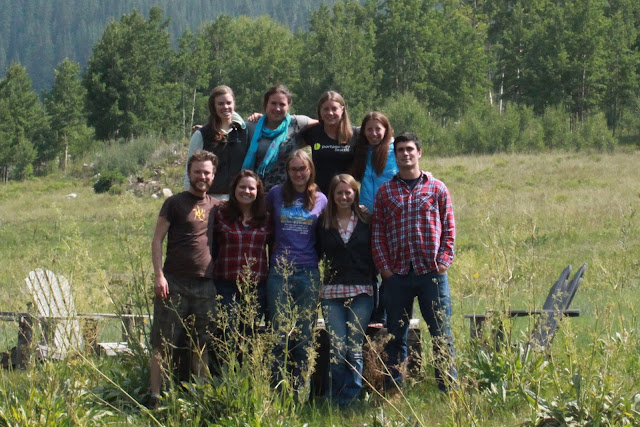 |
| View looking North from the peak of Mt. Elbert, taken June 23, 2012 |
Mt. Elbert Thoughts
The rocky alpine zone witnessed on the approach to Mt. Elbert is speckled with
blue and purple Phlox flowers. They offer a stark contrast to the Earth tone rocks
which cover the landscape. The individual rocks if viewed closer are much like the
larger landscape of which they are a part of. They too are accented with colorful
minerals and crystals that sparkle in the sunlight which give the rocks a more vibrant
character. Standing atop the Rocky's tallest peak is like standing on the bow of a
great ship, looking out over a stormy sea frozen in time.
Taking deep breaths of cool crisp mountain top air quenches the primal thirst for high country exploration.



